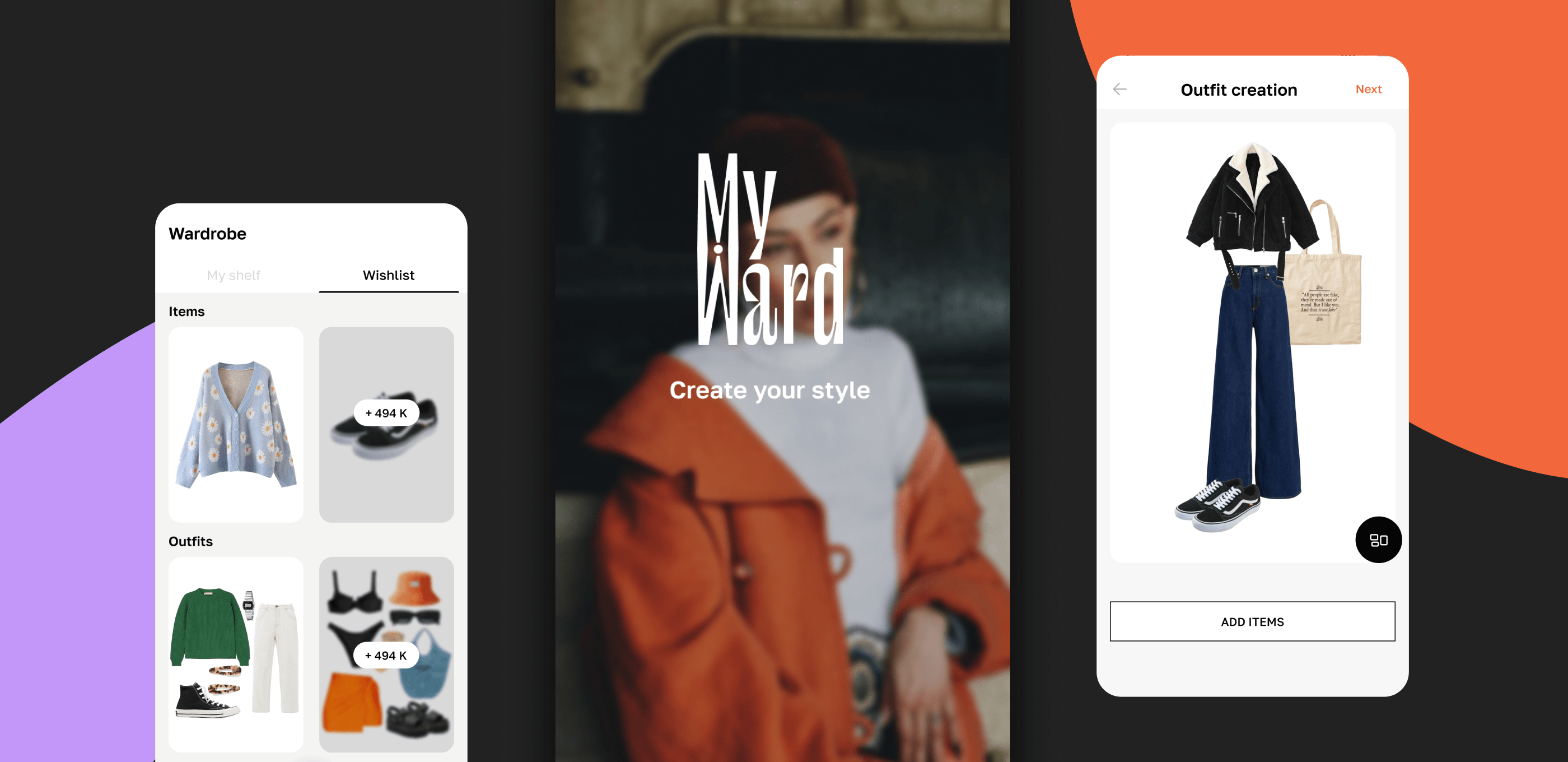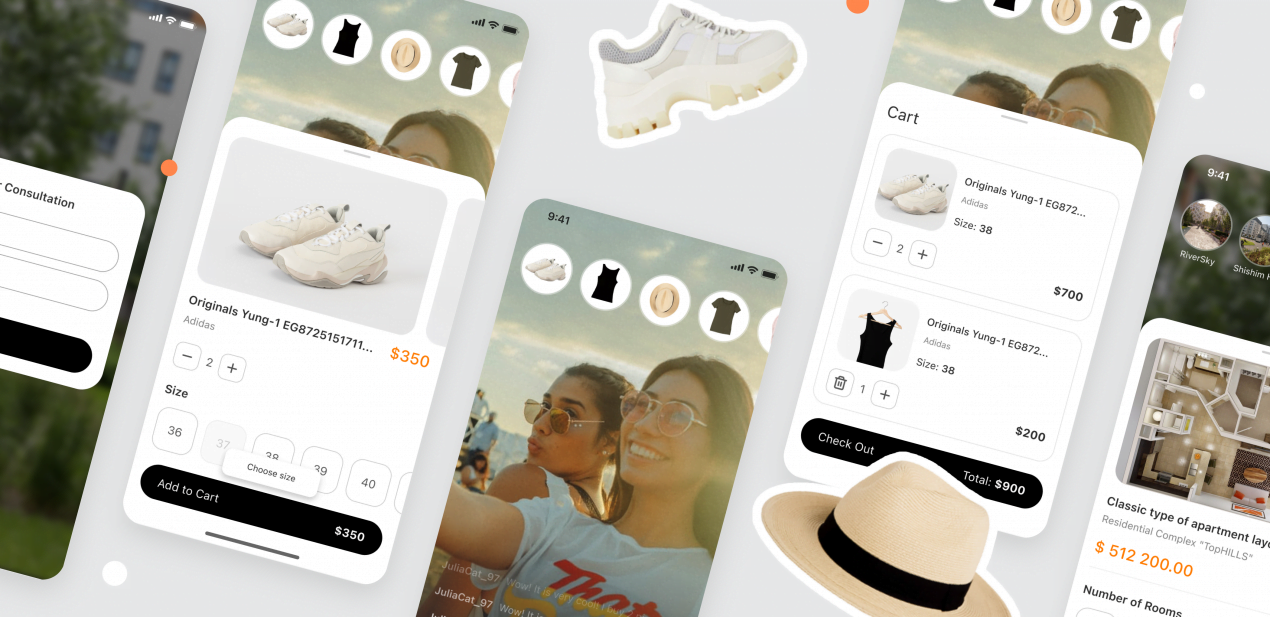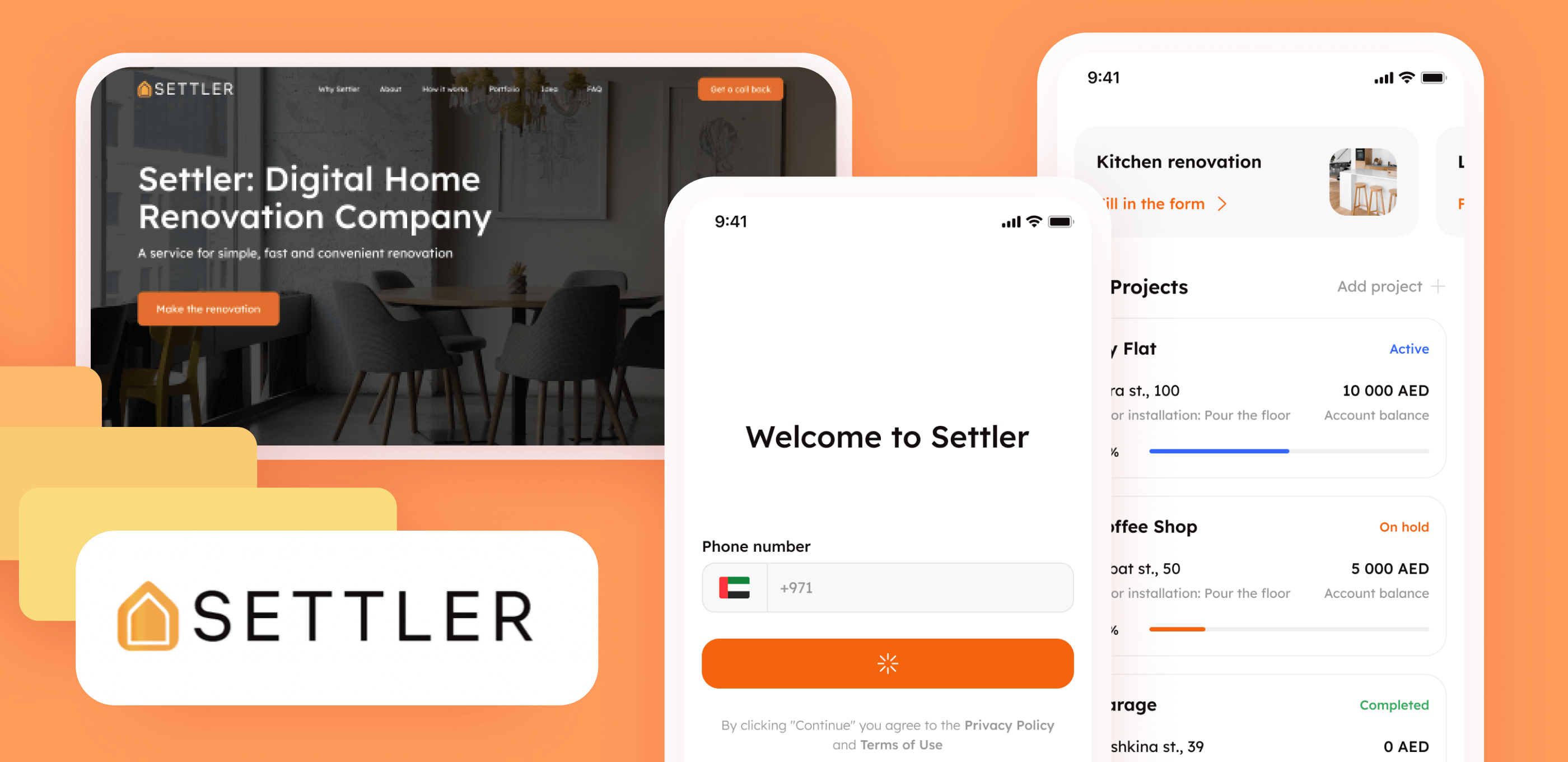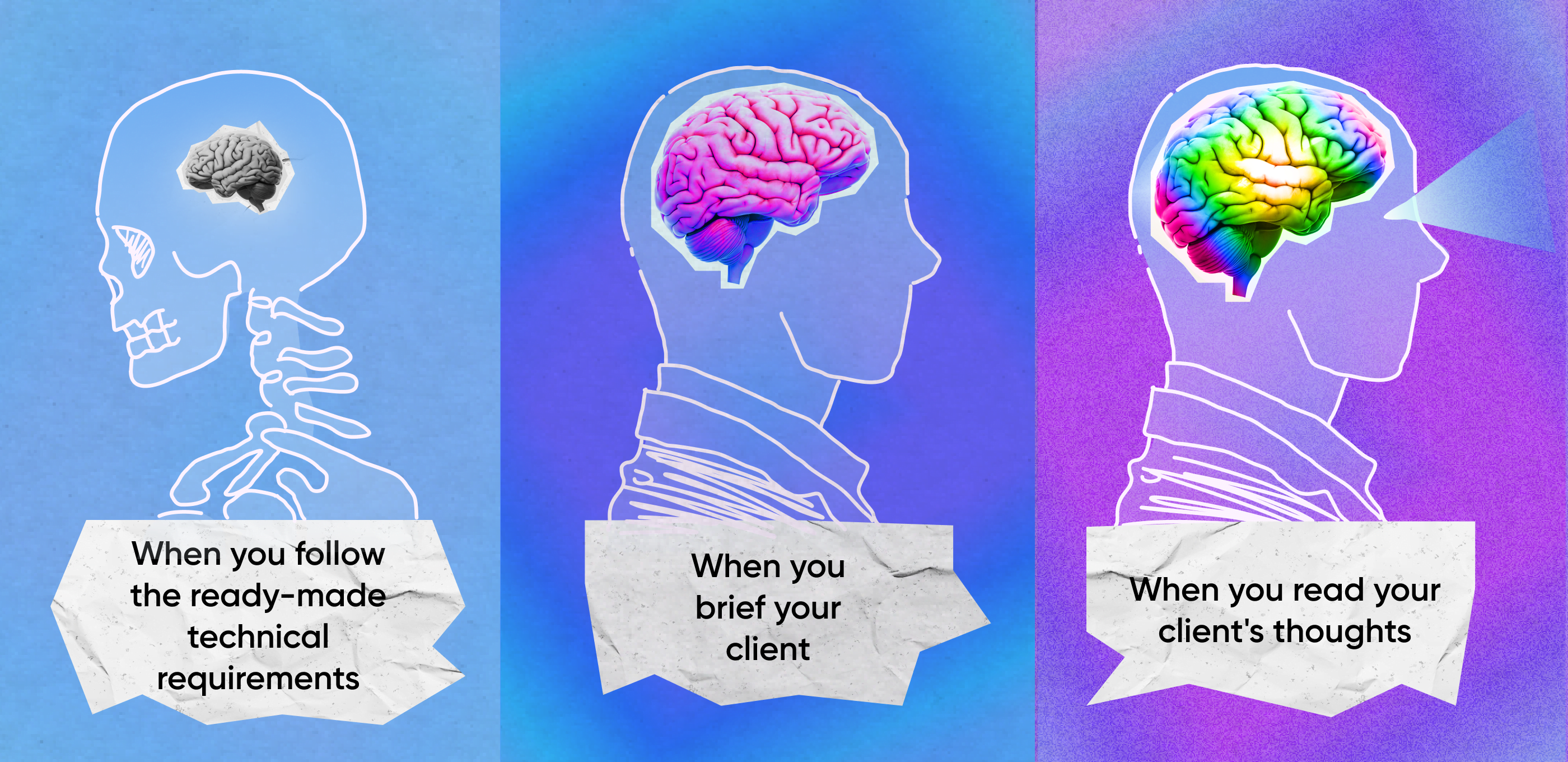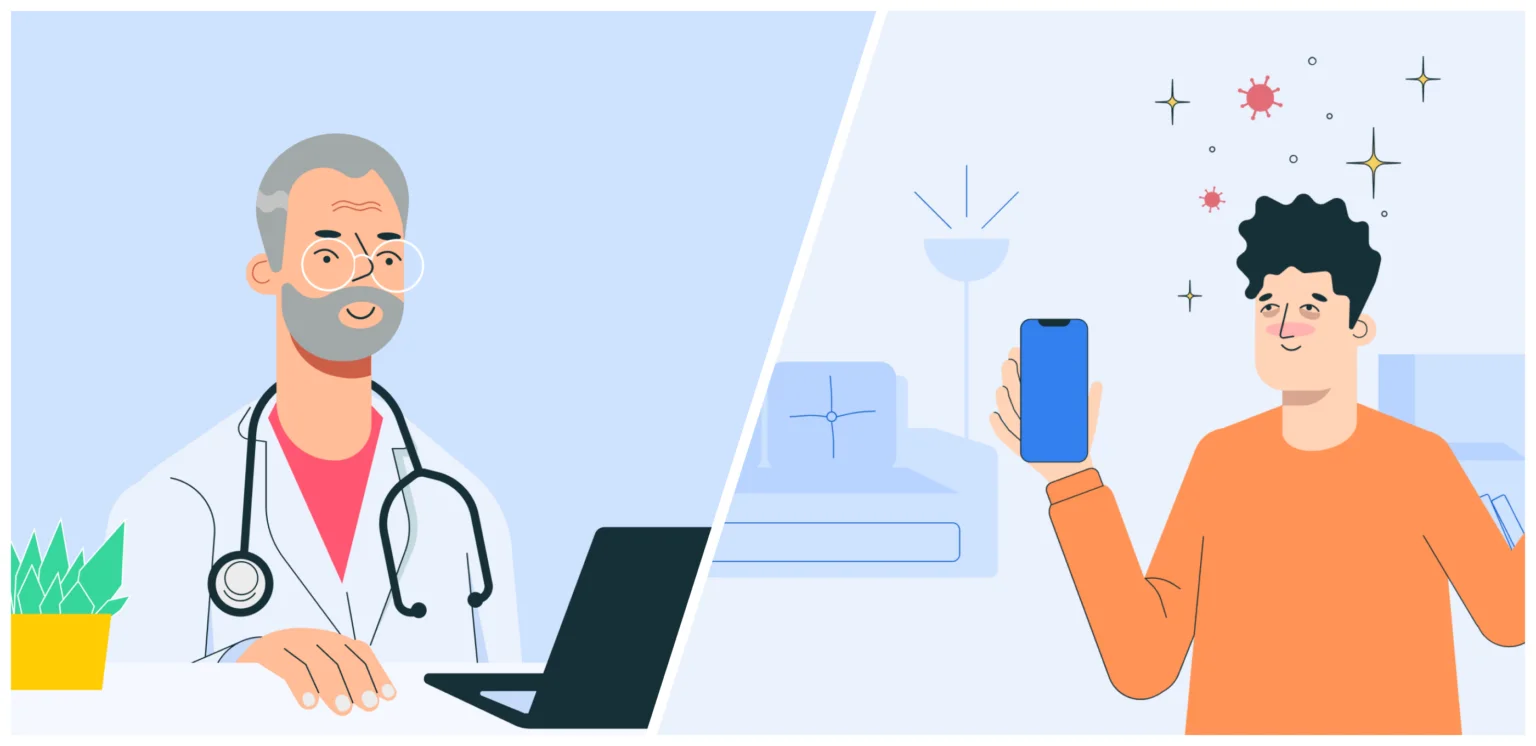Hello! I’m Sergey Nikonenko, a COO at Purrweb. Today I wanna tell you a story about how we developed a product that оpens up new opportunities for event organizers.
Event organization is one of the most promising niches for IT. People who work in the sphere are constantly (and actively) seeking new solutions. According to a study conducted by the State of Event Technology 2019/2020, 52% of organizers plan to increase their share of expenses to make the event more technological.
At the same time, it’s important to make event-industry-related technologies simple to understand and easy to use. Let me tell you how we developed a software that not only considerably makes the life of organizers easier but also increases the social attractiveness of events for participants.
What did the client want?
There was a time when organizers used technologies to demonstrate how groundbreaking their event was. Some of them, for instance, tried to impress guests with lots of plasma panels. But things have changed since then. Today organizers are mainly focused on the return on investment through improving the effectiveness of the event.
Bet you know these conferences where guests get printed flyers containing the program plan once they enter the hall. People don’t care much about these flyers: trash cans are usually full of them within 10 minutes. Speakers can cancel their speech, run behind the schedule or there is a mistake in the time table – it results in a messed schedule, so people could miss the performance of the key speaker.
Many event organizers are familiar with the situations mentioned above. I mean, but not those who use the Eventignite software.
 Eventignite: an event plan in your smartphone
Eventignite: an event plan in your smartphone
Eventignite is our regular customer. The company, which is located in London, provides designated software that serves more than 180 events that are held by leading event organizers around the world.
We started working on the project in November 2018. We were to:
1) Create interactive event maps, a service that would allow participants to find out everything about the conference: spot the right stands, plan an itinerary, or email the speech schedule to your smartphone.
2) Design an infrastructure for digital stands. Particularly:
-
- web-interface that allows an administrator to set the line of content, ads, news, and conference schedule
- desktop client to be installed on a stand for video playback
The client came to us with a basic solution they developed several years ago. We had to improve the quality and its performance.
The functionality was really primitive. Moreover, the existing architecture structure didn’t allow us to improve it. We couldn’t sync content autoplay on several stands simultaneously, or set split-screen playback.
The sales strategy of Eventignite is designed for face-to-face meetings where a potential customer can see how everything works in real-time. That’s why it’s especially important to achieve impressive synchronization.
The client planned to increase the turnover from the sale of modernized ‘screens’ by 2-3 times. He wanted to get a product that would exceed the potential buyer’s expectations and be easier to sell thanks to the ‘wow effect’. The wow effect meant syncing content on-the-go: when an admin adds content, and it’s immediately broadcasted to the screens. At the same time, we had to make content creation as easy as possible — as the client said, ‘it should be so obvious that even my mother could get the point.’
Initially, we proposed a concept similar to Google Drive . But the client found it difficult and chose this one:
 Eventignite: the administrator’s panel
Eventignite: the administrator’s panel
Solution we offered
We delved into the tasks of Eventignite and suggested the following:
- Develop a web app for content management. Almost like YouTube: upload content, compose it into playlists, then publish and play.
- Develop a desktop app for playing content (that would work on all Windows and macOS devices).
- Sync updates from the web app with the desktop clients. In real-time.
Challenges we faced
Although there was nothing really complicated, we encountered some problems that were not easy to solve.
- We had to sync content playback on several devices, foresee the opportunity to arrange events, and change content on-the-go — and we spent much time on it. To set up offline-mode without losses, we downloaded files, stored them on the client, and regularly synchronized with the web app
- The team had to consider low-spec devices that are used at events. We faced bugs that couldn’t even be repeated on our internal devices — we made an effort to optimize and test code so the app performed well
- The situation was complicated by constantly changing requirements on the client side: we were often asked to add new features that could change the architecture of the app — we had to adapt all the time
- There was another problem: a bad internet connection at events. To handle it, we integrated offline-mode
We tested the product on a huge number of devices — weak and powerful. Our QA-tester worked on the project full time.
 To test it under almost-real conditions, we even bought a few weak Windows laptops
To test it under almost-real conditions, we even bought a few weak Windows laptops
How we did it
The team consisted of a designer, manager, QA-tester, and three developers. We had to finish it till the season of conferences (September). It took us about 9 months to cover every little detail.
UI/UX design and software development ran in parallel. To be exact, by the time we’d built a half of the product we finally managed to persuade the client that it’s important to go over user experience and user interface too (alongside developing the functionality). That’s where we involved a designer. Ideally, we should have done the opposite — first UI/UX design, then development. That would save us a month or two of time.
Plus, the “UI/UX first” approach could reduce the number of architectural changes (which are the most complex and expensive). One of the changes was to introduce the intermediate entity ‘content-group’. It’d have been easier for us to group the same content with different dimensions if done at the start of the project.
The client invested about $100.000 dollars into event app development. He took an active part in the process: generated ideas on how to embed ad blocks in content or how to implement the split-screen, and asked a lot of questions about the technical implementation of complex parts — sync implementation, for example.
The app was tested at many major events in Europe, including:
- BETT Show 2019
- IPEXPO Europe 2019
- Digital Transformation EXPO Europe 2019
- Festival of Marketing 2019
- Big Data LDN 2019
- Digital Transformation EXPO Manchester 2020
He’s extremely happy about the result because everything worked like a charm.
It’s no longer a headache for major forums to navigate guests around the venue. Directional arrows have been replaced by interactive maps that greatly simplify the life of both participants and organizers. Guests would never wander around the place in search of the right hall, trying to catch hostesses and waiters — who don’t know where it’s too — to ask the direction. Full-text search and filters instantly return results.
One of the primary cons for organizers — the opportunity to edit content in real-time. It’s easy to add or replace a speaker, reschedule the time of a performance or change a hall. In addition, there is an option for sponsored integrations: an administrator can place advertising videos, active links, or partners’ logos.
What’s next?
Due to COVID-19, the event industry had to pause. We are waiting for the next stages of the project development to begin; and keep staying in touch with the client that has many new ideas: they want to change the monitoring system, improve performance, develop a web version for a desktop application, and so on.
Despite the current indeterminacy, we definitely know one thing: when all restrictions are eliminated, and conferences, forums, and exhibitions start again, all people, striving for new knowledge and communication, will visit them. And then, innovative technologies will come to help event organizers interact more effectively with the audience.



